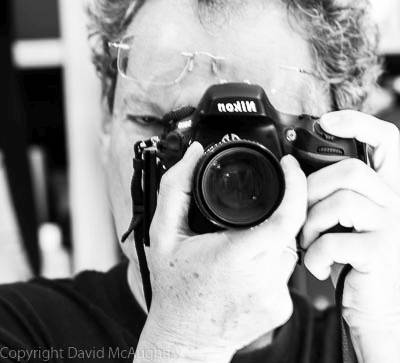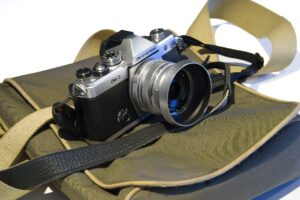APSC vs Olympus noise and dynamic range -which is best?

While many photographers are under the impression that the Olympus Pro cameras have poor noise quality, they do not think the same about competitive APSC cameras or full frame cameras used in crop mode. Here we will compare APSC vs Olympus cameras for noise and dynamic range. A quick definitional note here: I use APSC as the acronym for crop sensors as it is the best known one, although in practice the cameras I refer to here have ‘DX’ crop dimensions of 24x16mmm, slightly larger than the official Canon APSC dimensions of 22x15mm. As in many things, bigger is better for sensor noise.
Full frame cameras in crop mode – noise and dynamic range
Many photographers think that their high resolution full frame cameras enable them to get the headline noise and dynamic range performance from their systems, no matter how much they crop. It’s natural to think that you get the same sensor performance results whether you are shooting at 600mm in full frame mode, or 900mm in crop mode. Sadly, the laws of physics means that you do not get something for nothing in this situation.
A full frame camera in crop mode, or when the image is cropped to APSC dimensions, is an APSC camera in noise and dynamic range terms. A 45 Mpx Nikon D850 or Sony A7R3 in crop mode has exactly the same pixel pitch, noise and dynamic range characteristics as a 20Mp Nikon D500. A 61 MPx Sony A7R4, has slightly worse pixel pitch, noise and dynamic range characteristics than a Sony A6400 when in APSC mode (because of the slightly higher pixel density of 26Mpx to 24 MPx). So you do not get full frame performance when you crop to APSC, either in crop mode, or by cropping in.
APSC vs Olympus Pro noise
As noted in other posts, the Olympus engineers have done a superb job in in managing noise on the 20Mpx sensor used in the EM1ii, EM1iii and EM1x. Such a good job that in fact there is no discernible difference in the noise characteristics between the mainstream APSC cameras and the Olympus Pro cameras. Let’s look at the DXO data for the Olympus EM1ii, the Sony A6300 and the Nikon D500. Note that the A6300 has the same sensor as the A6400 and the same is true of the EM1ii and the EM1x.

Up to ISO 6400 you could not get a cigarette paper between them. The noise characteristics of these three cameras, and as we have noted above, any high resolution full frame camera in crop mode, are identical. However, the Olympus pro system with the fast Olympus pro telephoto lenses even with a 1.4TC converter is faster than a Sony full frame or APSC camera used with the 200-600 f 5.6-6.3 zoom lens. At the camera sensor level and the full system level, the Olympus cameras are fully the equal of competitive APSC or crop mode cameras.
APSC vs Olympus dynamic range
Now lets look at the DXO dynamic range data for the Olympus EM1ii, the Sony A6300 and the Nikon D850.

Still very close, although the Nikon engineers have done a superb job in boosting DR for the D500. But overall it is very close, and as noted elsewhere, the faster Olympus pro lenses even up any DR advantage for the other cameras when compared to the 200-600, or G glass in general from Sony.
Conclusion
I’m not going to spend long on this. The Olympus cameras give very little away to full frame cameras used at their native sensor dimensions (when compared to Sony full frame cameras using G lenses). They give absolutely nothing away to crop sensor cameras and in fact under many circumstances the Olympus cameras perform better, as I show in my A6400 analysis.






